At the Gallerie delle Prigioni, in Treviso, an exhibition tells the visual poetry, revolutionary art form that began to develop in the fifties as part of the European movement of the neo-avant-garde. Closely linked to the Imago Mundi collection, Visual Poetry in Europe, consisting of 210 works and the first collection of the Luciano Benetton Collection project that does not focus on a single nation but deepens an artistic movement emerging simultaneously in several European countries, the exhibition Poetic Boom Boom, curated by Mattia Solari, focuses therefore on a historical movement: visual poetry, hybrid of art and communication, which presents a selection of 44 works created between the Sixties and the present day with techniques such as printing, photography, sculpture, installations, video and performance.
The peoples, the parties, the masses are the heroes of our time, Heine wrote, putting romanticism in an accessible box of the closet. And now we live that heavy experience doing the slalom among the statues erected to the individual. But something exceeds Vico’s theory of “corsi e ricorsi”. It seems reasonable to ask whether the image or the word came first and any testimony of visual poetry makes that question pertinent, even more to think that visual poetry was born in the twentieth century, the cradle of communication. Again, if this kind of art assembles images and words, then it was already born, before what we call masses, not before who we call peoples. So poetry becoming a kind of perpetual art.
Poetic Boom Boom is a journey through images to read and words to watch, an exhibition that presents the artistic research that have made word and image dialogue, starting from the artists referable to the group of Logomotives that analyze and deconstruct the functioning of the logos. This includes Eugenio Miccini (1925-2007), who coined the term “visual poetry”, Paul De Vree (1909-1982), Julien Blaine (1942), Jean-François Bory (1938), Alain Arias-Misson (1936) , Franco Verdi (1934-2009) and Sarenco (1945-2017), one of the main animators of the movement to which the exhibition dedicates particular attention, proposing some of his most iconic works such as Poetical License and Gedicht macht frei.
The exhibition is not limited to historical works; in fact, there are also exhibited artists who offer a personal reading of visual poetry, such as the Italian-German Irma Blank (1934), who has often exhibited together with visual poets but has never identified with the movement producing works that reflect on nature itself of writing, and the Argentine Mirtha Dermisache (1940-2012) who carried out a work of dematerialization of the word leading it towards the graphic sign. Then there are the typescripts of Raffaella della Olga (1967), which continues the experimentation on the simultaneity of text and image, and leads us to the works of the Swedish Karl Holmqvist (1964) that appropriates sentences, clichés and idioms to reconsider the communicative result.
From the documentary “Poetry in the flesh” we then listen to the voices of Julien Blaine, Giovanni Fontana and Sarenco who tell firsthand their relationship with visual poetry from the 1960s, the liberating power of art, the encroachments in poetry sound and in performance.
With Alain Arias-Misson, Julien Blaine, Irma Blank, Jean-François Bory, Ugo Carrega, Raffaella of Olga, Mirtha Dermisache, Paul De Vree, Giovanni Fontana, Pierre Garnier, Karl Holmqvist, Eugenio Miccini, Sarenco and Franco Verdi.
Wednesday 20 February 2019 from 7.00 pm, the Gallerie delle Prigioni hosts the French artist and poet Julien Blaine.
Info and reservations:
Gallerie delle Prigioni, Treviso, Piazza del Duomo 20
Admission free on Tuesday to Friday, 15-19 Saturday and Sunday, 10 am-1pm; 15-19
From December 13, 2018 to April 7, 2019
galleriedelleprigioni@fbsr.it
0422 512200

Gedicht macht frei is a portal that faithfully reproduces the features of the sadly known gates of the Nazi concentration camps. Here Isaia Mabellini, in art Sarenco, a visual poet and promoter of many artistic and editorial initiatives, appropriates that aesthetic, reversing its meaning. In fact, by substituting a term, the artist changes the gloomy symbol of the Shoah into an instrument of political and cultural struggle. “The poetry makes it free” the opera recites. By crippling the original “Work makes you free”, Sarenco wants to tell us that it will not be through work that we will obtain freedom, but through the practice of poetry and the arts
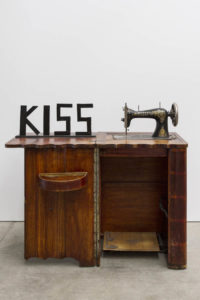 Paul De Vree, Kissinger I
Paul De Vree, Kissinger I
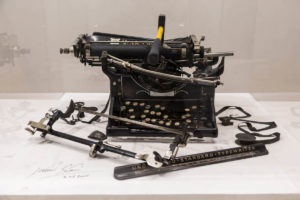 Julien Blaine, Macchina per scrivere
Julien Blaine, Macchina per scrivere
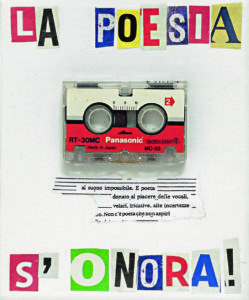 Dario Bellini (Italia / Italy), Il collage si fa dentro di me e dentro il mio unico interlocutore. Collage on cardboard on canvas, 10×12 cm, 2015
Dario Bellini (Italia / Italy), Il collage si fa dentro di me e dentro il mio unico interlocutore. Collage on cardboard on canvas, 10×12 cm, 2015
 Imago Mundi, Visual Poetry in Europe, Fabrica Store
Imago Mundi, Visual Poetry in Europe, Fabrica Store
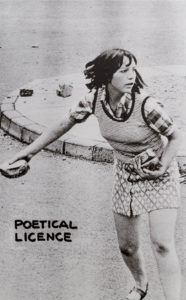 Sarenco, Poetical licence
Sarenco, Poetical licence
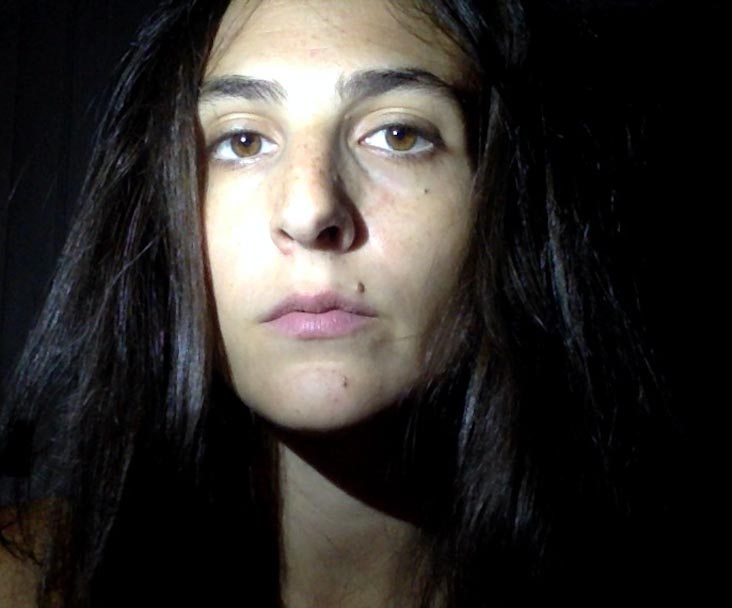
Author and journalist from Treviso. She has published Girini with which she won the Mazzacurati-Russo award (d’if, 2012), Club dei visionari (Di Felice, 2014), Balena (Prufrock spa, 2014), La susina (d’if, 2015) and the audiobook Nella notte cosmica (Luca Sossella, 2016).


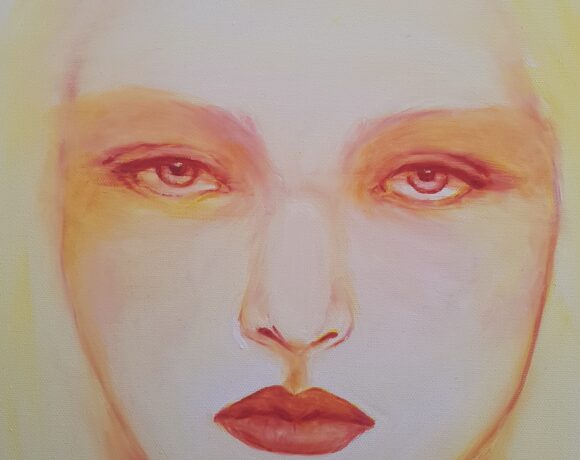
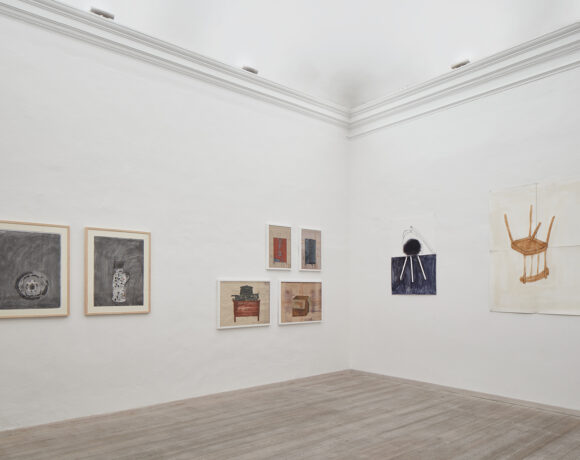
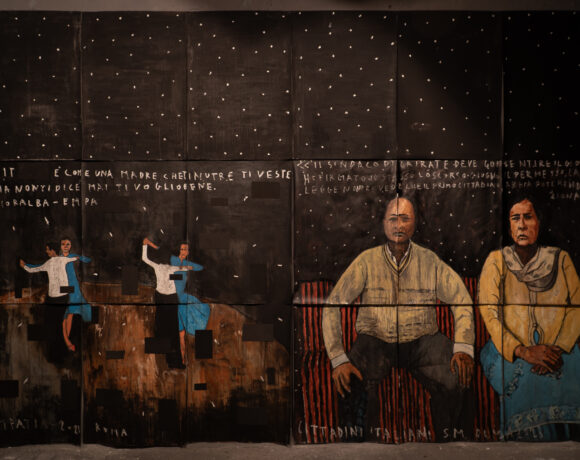

NO COMMENT